Yesterday, around 5 p.m. my phone vibrates, receiving a whatsapp-massage. It´s from the owner of the Beneteau Oceanis Yacht 60 which I recently handed over. The family is on their way to sail the boat all around the Iberian Peninsula from Les Sables d´Olonne to Valencia, where she will have her home port. The message reads as following: “Well, now we´ve had them too: Right visual range from Tarifa we had been approached by Orcas. Directly next to us at the boat. As we had been briefed in the morning: Life jackets on, sent out Pan-Pan via VHF, stopped and stayed calm. Luckily, they left for good after some minutes.” Well. Close call, I´d say.

Orca “attacks” – better be called “interactions” since there is no evidence that these animals are really hunting or planning to do a harm – are a big thing for skippers and crews sailing the Gibraltar Strait, the waters west of the strait and all along the Portuguese/Galician coast. There had even been reports of interactions up north in the waters of the Biscay. Receiving this chilling message from “my” owners makes me think …
The probability of encountering an Orca interaction
Because, if you look at the traffic going in and out Gibraltar strait at any given moment, you´ll notice that there are hundreds of boats, big and small, transversing this area. 300 vessels daily, to be precise. That´s a lot of boats indeed. Most of them are commercial vessels, big ships, which travel utilizing the Traffic Separation Schemes (TSS) and aren´t subject to Orca interactions. Almost all of the reported interaction are done with sailing yachts around 15 meters. Almost all of them had single spade rudders.
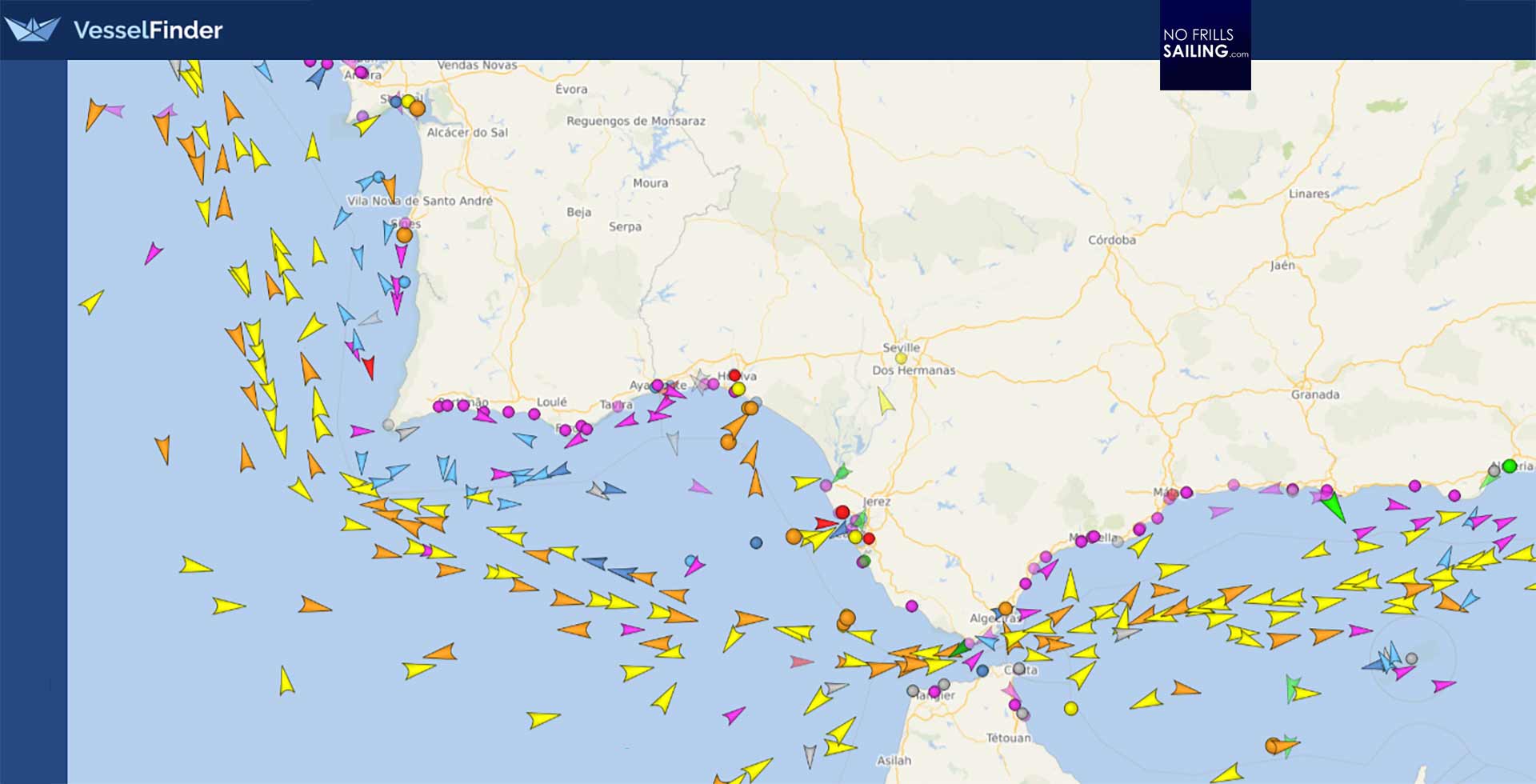
So, what´s the probability of encountering Orcas? During the summer months the Tuna – principal food Orcas are preying on – come to the nutrient rich area where Mediterranean and Atlantic Ocean waters meet to spawn. That´s what attracts the Orcas mainly: Food. In this, coming here during these months increases the risk of an interaction. As we had berthed in Muxia we talked with some people on the jetty but also the locals – they assured that it is definitely not a hoax or something to being flippant about: It is a real danger.
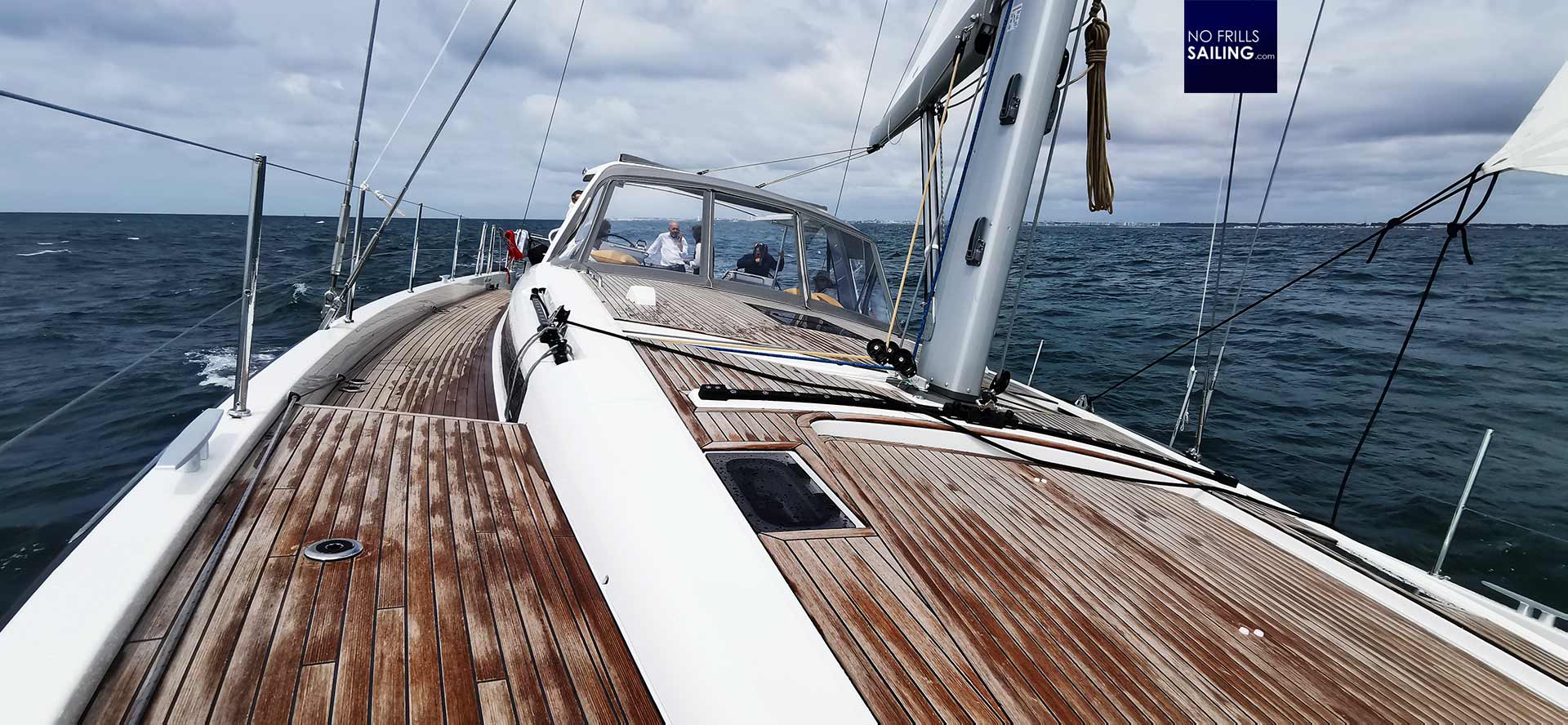
Receiving the message yesterday gave me some chills: Even if there are dozens of sailboats at any given moment going in and coming out of Gibraltar and these odds being relatively low, here we are, there apparently was an encounter. No physical interaction, no ramming, no biting the rudder blades and a happy end with just some elevated blood pressure, but anyway … against te odds, they´ve been encountered by these animals. And I must say, looking back on my 550 miles from Les Sables to Porto with this yacht, something was a bit off about that trip already right from the start …
Biscay and Iberian Coast 2024: Unusually high activity?
Dolphins are a common animal frequently sighted in the Atlantic Ocean. We even have small Dolphins in the Baltic Sea as well! As we had left Les Sables those sweet animals didn´t take long to approach our yacht and as usually it was quite an occasion for the family, the kids, watching them playing with our bow wash and jumping around in our wake. So far, nothing special.
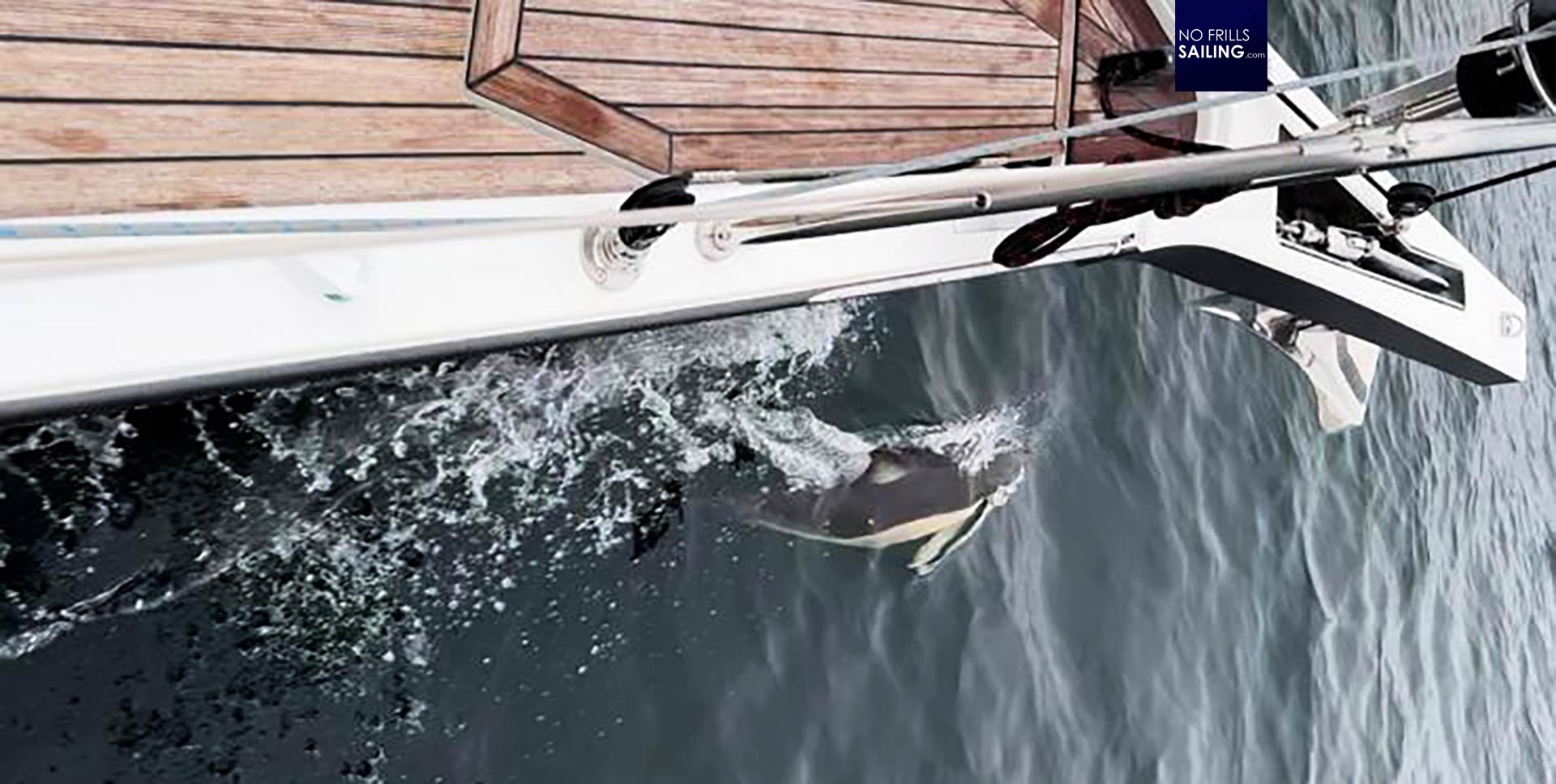
What I noticed though was the sheer amount of different groups, or schools, of Dolphins. From my past sailing trips in the Biscay I remember seeing less animals in far, far less groups. Maybe it´s the special time of the year, but looking back, we´ve had almost all 20 minutes or so a new group approaching us. Most of them just crossing our course, not really accompanying us. We saw them from afar, diving beneath the boat and re-appearing on their old course to flip-jump away. Far less of the Dolphins took their time to swim right next to us. It seemed to me that the southern part of the Biscay was literally full of Dolphins.
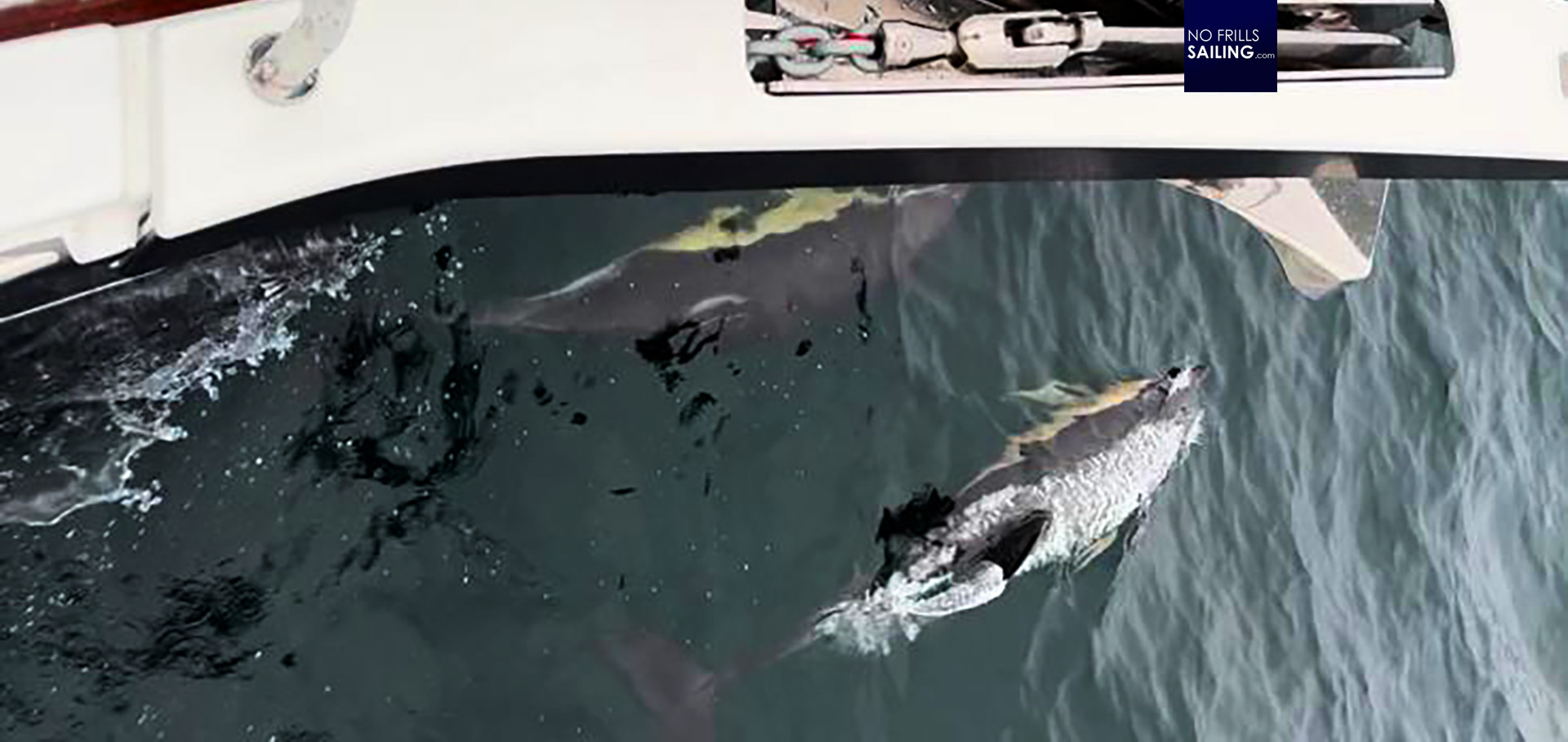
What most people don´t know is that Orcas are in fact Dolphins. They are a subspecies of Dolphins – one of the biggest. Also, Orcas show the most impressive and strong developed social behavior and intelligence. An Orca will recognize itself in a mirror – something that only really intelligent beings are capable of. Orcas have one of the most deadly and efficient hunting strategies, can quickly adapt and are among the deadliest relentless hunters of the seas. But, still, they are “cute” Dolphins …
Dolphin, Whale or Orca?
So, what to do then? Cancel your sailing trip? Use truck transport via road? Well, personally I´d say that we are taking on risks, even life-threatening risks, on a daily basis. I mean, I am German, going onto the Autobahn with as drive-as-fast-as-you-can attitude is indeed very, very risky. Boarding a plane means putting your life entirely into the hands of the airline´s mechanics, pilots and traffic controllers. There are countless more examples. Should we not sail? My answer to that question is clear: No, of course we go on.
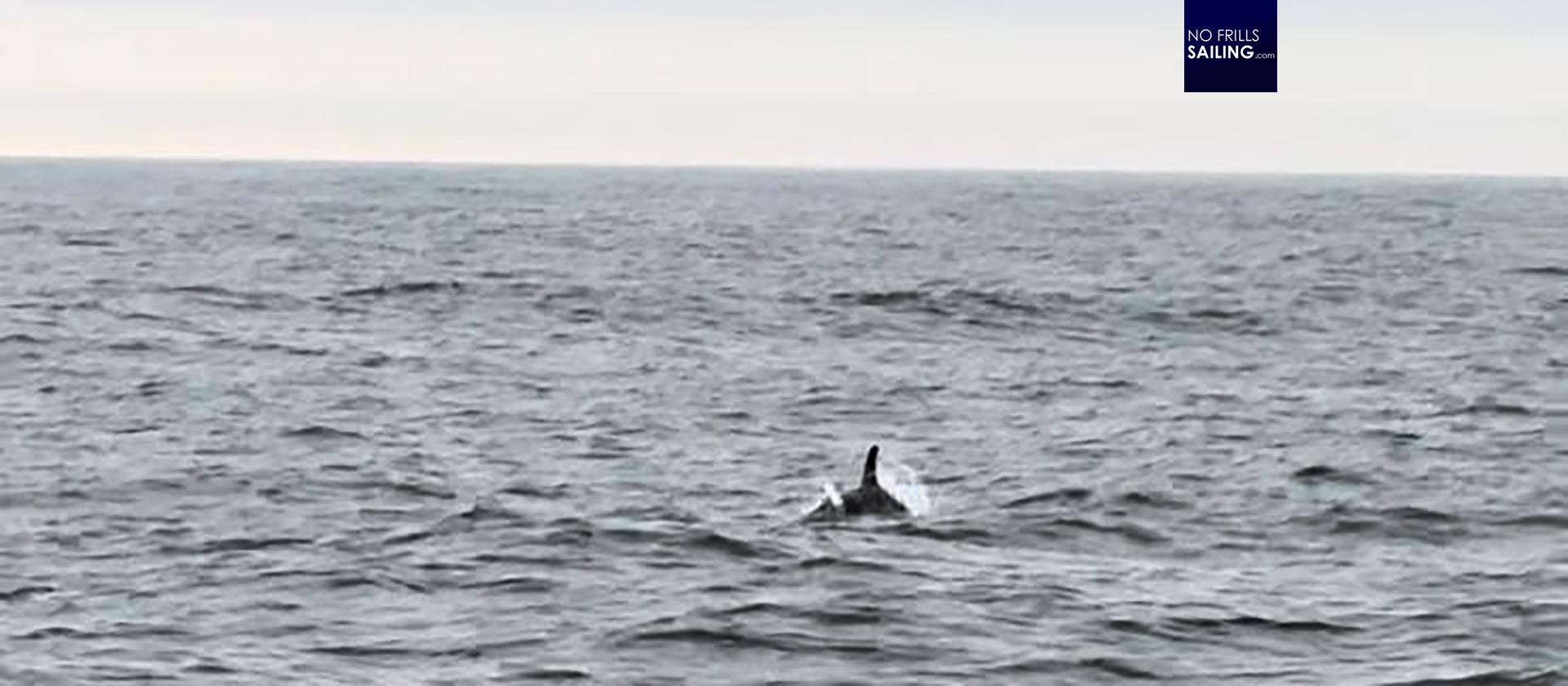
Seeing an animal or a bunch of these approaching the boat … should make you do what? And even before leaving harbor, what are the precautions taken for the good seaman? There are almost as many Do´s and Don’t´s as there are theories about why Orcas “interact”. The owner of SOSIMA told me that he was suggested to have kilograms of powdered milk at hand as Orcas don´t like “muddy” waters … some de-activate the depth sounder, other have hundredweights of sand, noisemakers and whatnot. How I would react, I was about to experience myself right on the third day of our sailing trip …
That´s some big-ass whales, right there!
I was on my watch. No wind at that moment, engine at 2.100 rpm. It was a calm sea with just a long, dying swell coming in. Suddenly we saw a huge blast of water and air spraying. A whale was blowing out! I called everyone on deck. Excited, we watched the beauty (and heard that impressively roaring sound!) of those whales venting. There were three or four animals. Big ones, as we could quickly determine by judging the sheer size and height of the fountains. And they came nearer.

A few minutes later, I was still at the helm station, autopilot engaged, two of the whales – and now we were sure it was a whale – appeared right next to the boat! And I mean, literally, next to the boat. Graciously their backs came out of the water, displaying the upper part of their heads and a relatively small fin. Effortless they swam next to our yacht, easily following the 6.5 to 7 knot pace. I am sure, these animals can go far beyond this threshold. Another one blew out – it was a roaring, human-like sound. Something big and living was there, right there, no less than 10 meters away. Then the guys on the bow were hollering: “Two more, directly next to our bow!”
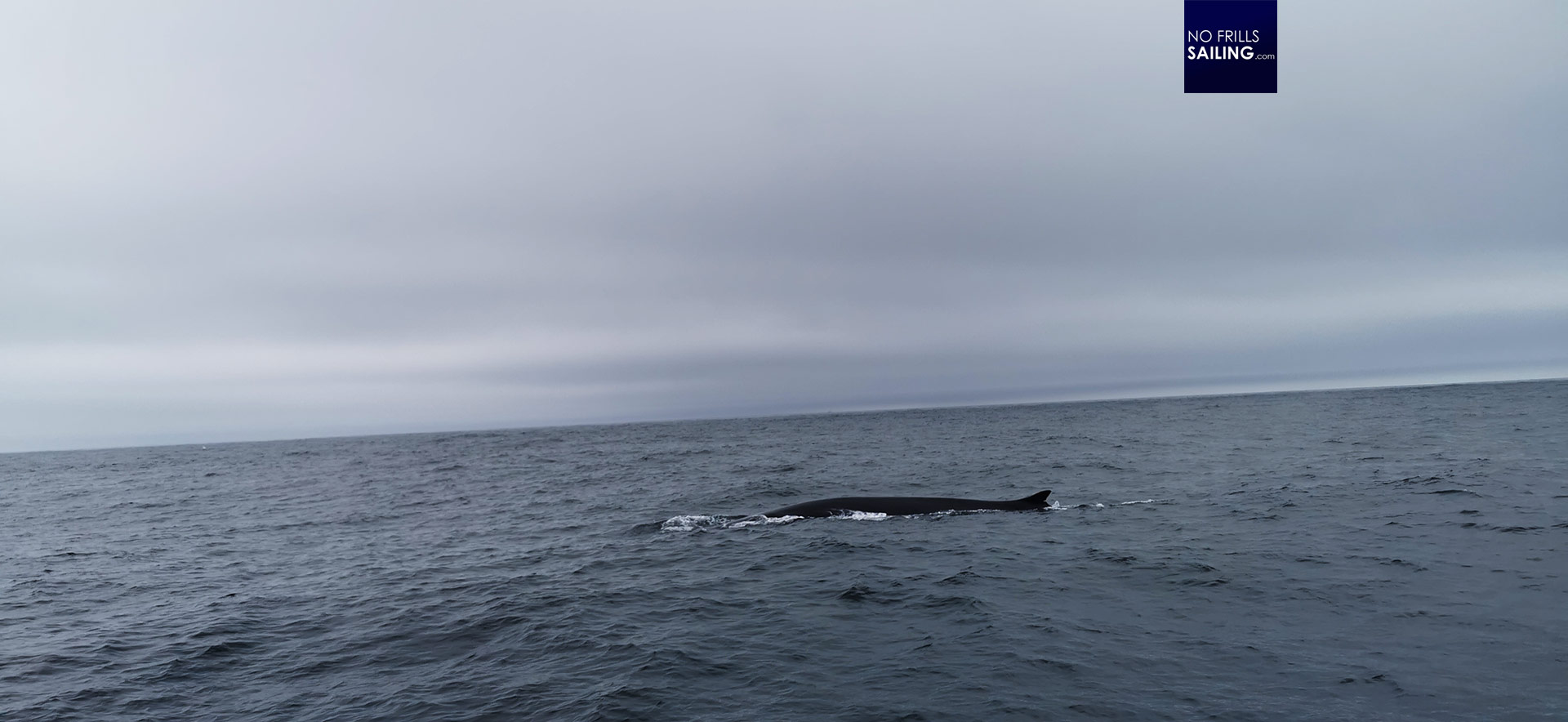
And I saw the back of one whale coming out of the water no two meters next to our bowsprit. Another one seconds later on the other side. What, if their tail-fin would hit us? What, if the huge whale next to us decided to “play” with us? In a way, Orcas do with Ocean Sunfishes: They don´t eat and not always kill them, the mother Orcas are kind of training their offspring how to hunt. I´ve had thousands of thoughts in my mind in these minutes. Couldn´t take any pictures myself as I was thinking of what to do. Don´t grab the wheel! Should I stop? But these are apparently not Orcas, so maybe whales are more “friendly”, no harm? I can tell you, these five or more minutes did speed up my heart for sure!
How to approach sailing these waters?
In the end, you can do nothing. Really. We are intruders in their environment. We are sailing through their living rooms. We have to accept that apparently there is a new situation with these animals adapting to some form of interacting with spade rudders of sailboats. There are many, many recommendations and it certainly makes sense to follow the latest ones provided by the various organizations, like Orca Iberica. It also makes sense to talk to locals and ask for specific, actual and up-to-date situation reports. The owner of SOSIMA tells me that we had been urged to under no circumstances go by night, for example. Well, the more crews report the interactions, locations, procedures and take pictures and films of the animals involved, the marine biologists and specialists can gather and process these data to step by step evaluate and learn.
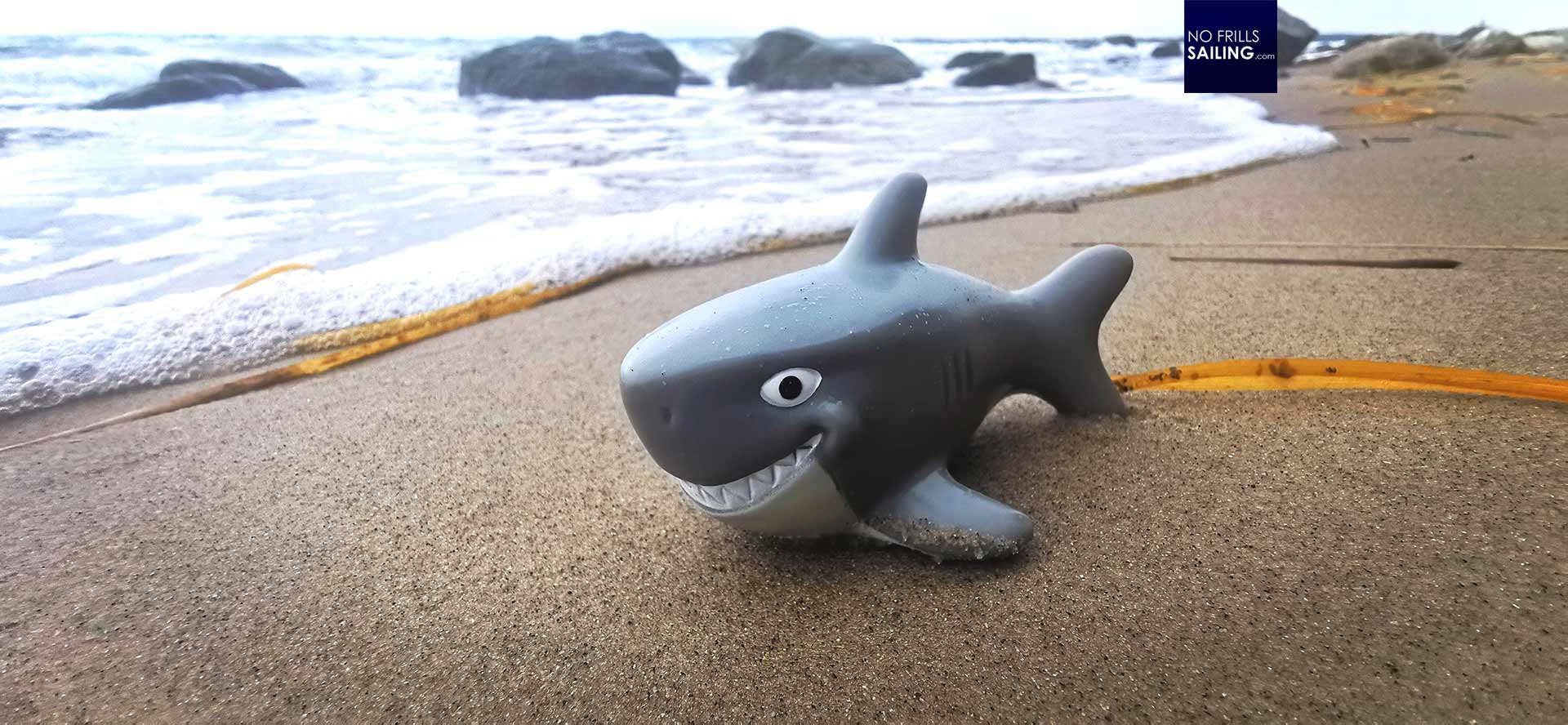
For now, I personally, think, that there indeed is a quite high probability of Orca engagement. I know many skippers regularly sailing the Gibraltar Strait who never ever had even the sight of an Orca as well. As unsatisfying as it may seem – it´s a bet. A gamble. Stick to the rules and recommendations, be prepared, stay close to the shore and travel by day. Maybe de-activate your depth sounder and maybe go in groups. Offer a mouthful of beer to calm Poseidon. Maybe that is all we can do. Taking it very seriously, but with a smile.
SOSIMA entered Linea de la Concepcion of Gibraltar undamaged and is now sailing the Med towards her home port. Be safe, guys!
Related articles you might find interesting:
Interview on Orca interaction with Monica Gonzales of Orca Iberica
Peaceful whale watching on Tenerife
Sailing with a bunch of Dolphins – what a joy!
